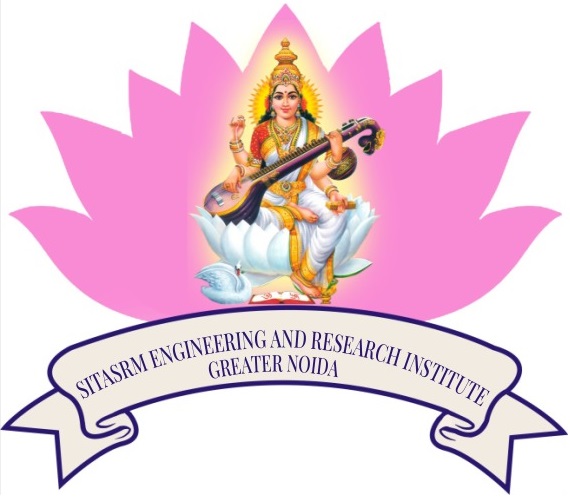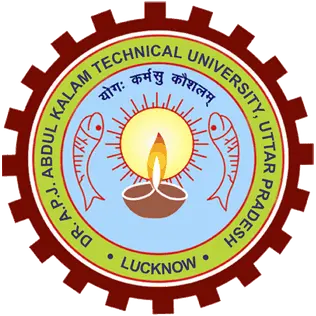 SITASRM ENGINEERING & RESEARCH INSTITUTE
SITASRM ENGINEERING & RESEARCH INSTITUTE
 SITASRM ENGINEERING
SITASRM ENGINEERING & RESEARCH INSTITUTE

SITASRM ENGINEERING & RESEARCH INSTITUTE
Menu
Step Into the World of Advanced Electronics and Communication Design
Program Accreditations

Approved by the AICTE, India

Affiliated with Dr. A.P.J. Abdul Kalam Technical University
About the Program
Core Focus : SITASRM ENGINEERING & RESEARCH INSTITUTE's B.Tech. in Electronics & Communication Engineering program prepares students for impactful careers in the rapidly evolving world of electronics and communication. The program provides a strong foundation in math and science, and emphasizes the development of complex electronic devices, circuits, and systems. Students will gain expertise in areas like microelectronics, communication techniques, networks, and telecommunication systems.
Curriculum Highlights : The curriculum covers Electronic Devices and Circuits, Digital Principles, Analog and Digital modulation techniques, Wireless communications, Satellite and Optical communication technologies, Computer communication and Networking, Microelectronic circuits, and electronic Instrumentation and Control.
Career Readiness (Combined): Graduates will be ready to drive innovation in various industries and research.
Eligibility
Curriculum Structure
FocusSERI’s curriculum is designed to develop specialized skill sets that help students to think innovatively and to efficiently develop real-world solutions to complex problems. The curriculum incorporates theoretical bases, as well as pragmatic knowledge by utilizing an array of engaged and current specialty courses
Course Examples (ECE)Program Outcomes (POs)
To develop a strong understanding of the fundamental principles of electronics, communication, and related areas
To foster critical thinking, problem-solving abilities, and creativity in addressing complex challenges in electronics and communication
To develop critical thinking abilities, problem solving, and creativity in the simplification and approaches to complex technological issues, allowing for innovative products and solutions.
To prepare graduates for successful careers in electronics and communication industries, research, and academia.
To cultivate an appreciation for the interdisciplinary nature of electronics and communication and its connections to other fields.